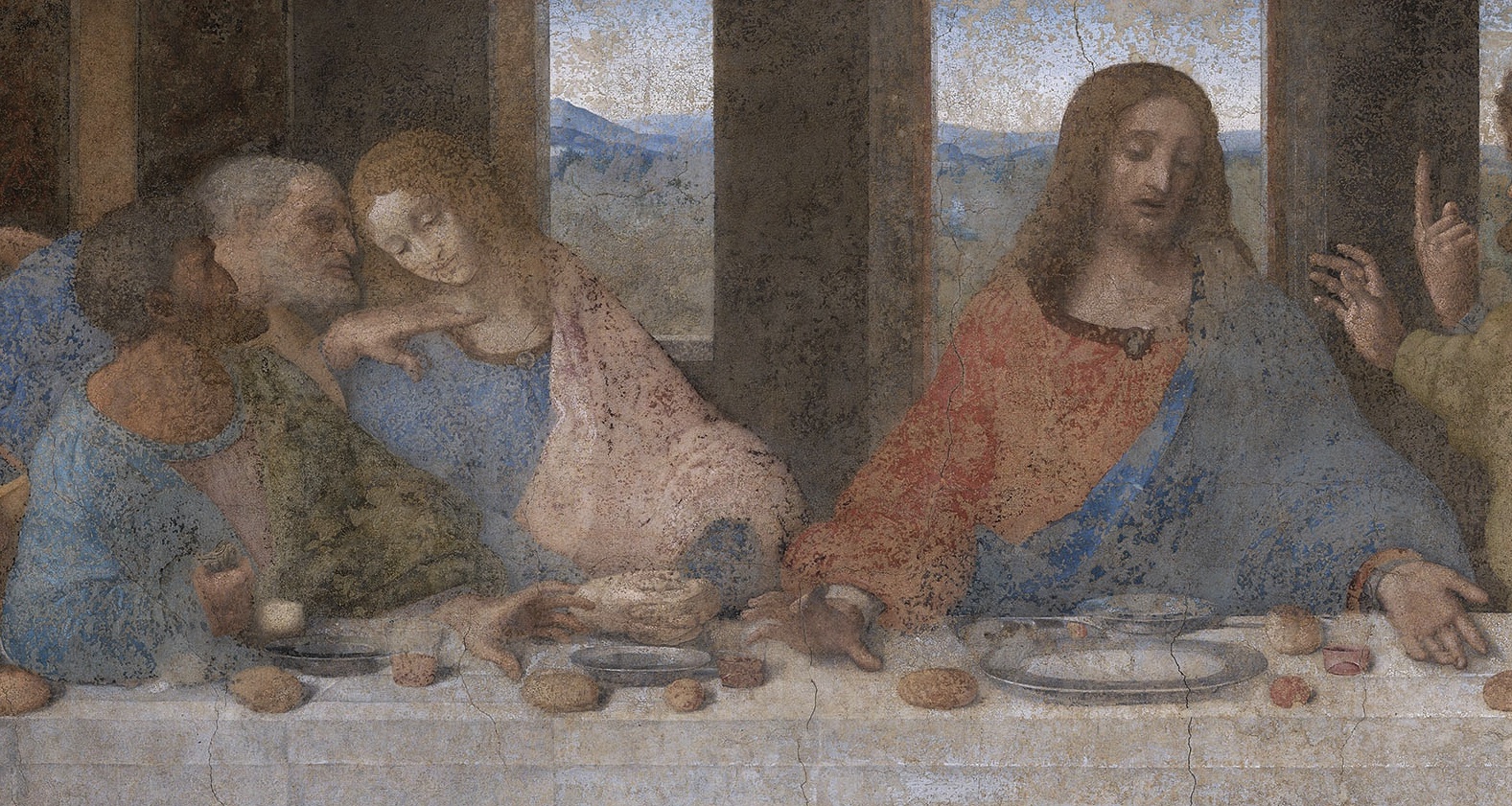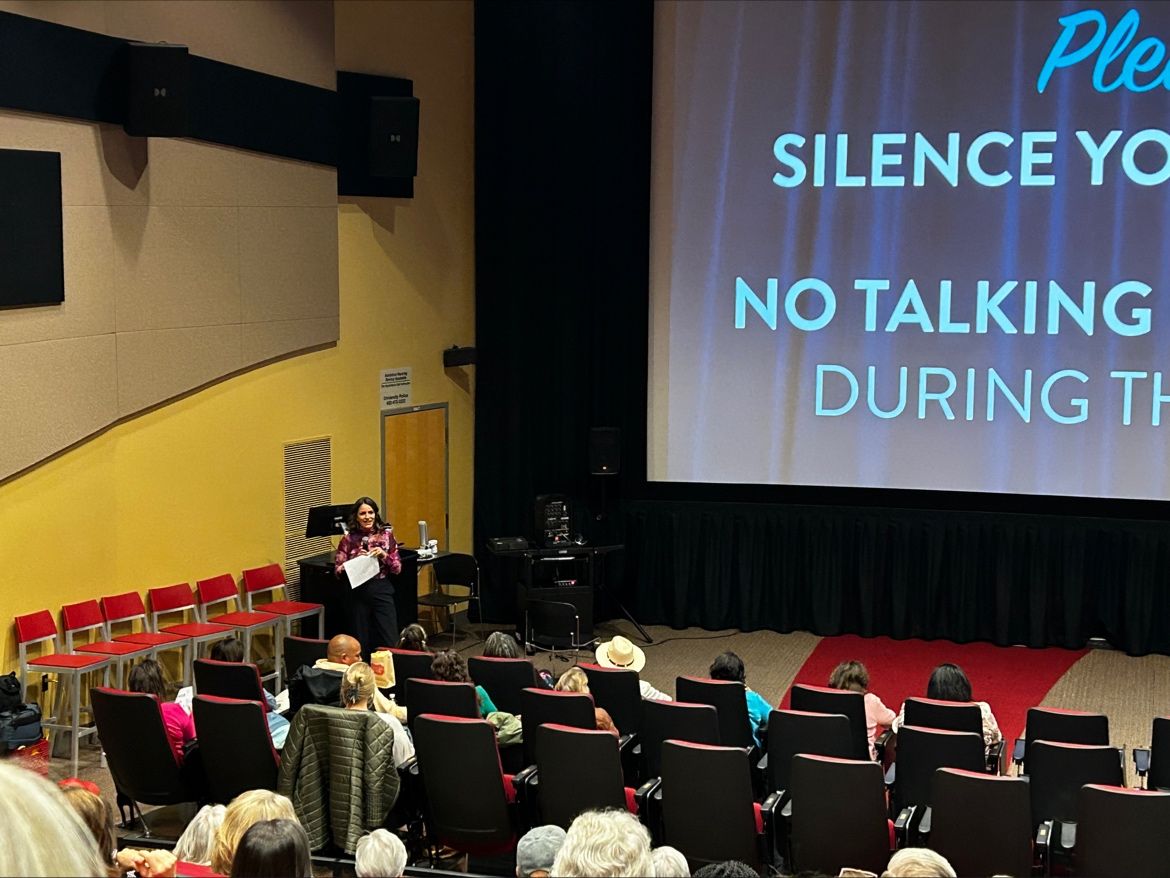Decoding The Da Vinci Code: Symbols, History, And Controversy

Table of Contents
Unveiling the Symbols of The Da Vinci Code
The power of The Da Vinci Code lies in its masterful use of symbolism, weaving a complex tapestry of meaning around seemingly innocuous objects and historical figures.
The Holy Grail and its Symbolic Significance
The Holy Grail, a central symbol in the novel, transcends its literal representation as a chalice. Throughout history, interpretations have varied, from a simple drinking vessel to a mystical object possessing miraculous properties. In The Da Vinci Code, the Grail takes on a far more profound symbolic meaning – representing not only the cup that Jesus used at the Last Supper, but also a symbol of the feminine divine and the bloodline of Jesus and Mary Magdalene. The novel suggests that the Grail represents the continuation of Jesus's lineage, a secret guarded for centuries by powerful organizations.
- The Rose: Frequently associated with Mary Magdalene, symbolizing her spiritual purity and connection to the divine feminine.
- The Five-Pointed Star (Pentagram): In some interpretations, it represents the five wounds of Christ, and in others, a symbol of feminine power and protection.
- The Fibonacci Sequence: Found in nature and Da Vinci's works, subtly woven into the narrative, suggesting a divine order and harmony underlying the secrets of the Grail.
Decoding the Priory of Sion and its Alleged Secrets
The Priory of Sion, a secretive organization featured prominently in the novel, adds another layer of intrigue to the Da Vinci Code's narrative. While the Priory of Sion did exist in reality, its historical existence differs greatly from its portrayal in the book. Dan Brown's fictionalized version portrays it as a powerful society dedicated to protecting the secret of the Holy Grail and the true lineage of Jesus. The novel claims its members included renowned historical figures, adding a layer of believability to the fictitious narrative.
- Sir Isaac Newton: Allegedly a member of the Priory, tasked with preserving the Grail's secret.
- Victor Hugo: Also implicated as a member, further lending historical weight (however fictionalized) to the Priory's existence.
- Leonardo da Vinci: A key figure in the novel's narrative, positioned as a protector and recorder of the Grail's secret through his art.
The Role of Leonardo da Vinci and his Art
Leonardo da Vinci’s art plays a crucial role in The Da Vinci Code. The novel meticulously analyzes Da Vinci's paintings, suggesting hidden symbology and coded messages within his works, reinforcing the narrative's claim of a hidden truth. The novel interprets these artistic masterpieces not merely as beautiful creations but as cleverly disguised clues revealing the secrets of the Grail and the true history of Jesus.
- The Last Supper: Interpreted as portraying Mary Magdalene, not John, sitting next to Jesus, hinting at their close relationship.
- Mona Lisa: Suggested to contain subtle clues relating to the feminine divine and the Grail's mystery.
- Vitruvian Man: Presented as a symbol of the divine proportions and the balance between the earthly and spiritual realms.
Historical Context and the Roots of Controversy
The Da Vinci Code's blend of fact and fiction is at the heart of its ongoing controversy.
Fact versus Fiction: Separating Truth from Speculation
While the novel utilizes real historical figures and events as a backdrop, it significantly alters and embellishes these elements for narrative effect. This creative license has been a major source of criticism, with historians and religious scholars pointing out numerous factual inaccuracies and misinterpretations.
- The Priory of Sion's actual history: A far cry from the powerful, secretive organization depicted in the novel.
- The historical evidence for Jesus's marriage: Lacking substantial evidence to support the novel’s claims.
- The interpretation of Da Vinci's art: Often considered highly speculative and controversial among art historians.
The Catholic Church's Response and the Subsequent Debate
The Catholic Church responded negatively to The Da Vinci Code, citing its inaccuracies and its portrayal of religious figures and beliefs. This response sparked a wider public and academic debate, with varying perspectives on the novel’s impact on religious beliefs and its potential to misinform readers.
- Concerns over historical inaccuracies: The Church highlighted the novel's deviation from accepted historical accounts.
- Criticisms of its theological interpretations: The Church challenged the novel's reinterpretation of core religious doctrines.
- Debate on freedom of expression versus religious sensitivities: The novel raised questions about the balance between artistic license and potential offense to religious beliefs.
The Enduring Legacy of The Da Vinci Code
Despite the controversy, The Da Vinci Code has left an undeniable mark on popular culture.
Impact on Popular Culture and Religious Discourse
The novel's impact is significant, extending beyond its literary success. It has inspired numerous films, documentaries, and discussions, generating renewed interest in religious history, symbology, and the mysteries surrounding Jesus's life.
- The film adaptation: A major box office success, further popularizing the book and its themes.
- Renewed interest in religious history: The novel sparked a surge in public interest in historical interpretations of biblical events.
- Increased academic discourse: The novel's claims prompted extensive academic analysis and debate among historians, theologians, and art historians.
The Continuing Appeal of The Da Vinci Code's Mysteries
The enduring appeal of The Da Vinci Code lies in its ability to seamlessly blend history, mystery, and religious intrigue, leaving readers pondering the possibilities of hidden truths and concealed meanings.
- Engaging storytelling techniques: Dan Brown's masterful use of suspense and intrigue keeps readers captivated.
- Thought-provoking questions: The novel forces readers to question established narratives and consider alternative interpretations of history.
- The mystery itself: The elusive nature of the Grail and the hidden truths drive readers to continue to interpret the novel’s symbolism.
Conclusion
The Da Vinci Code remains a captivating and controversial work, sparking discussions about history, religion, and the power of symbolism. Its exploration of the Holy Grail, the Priory of Sion, and Leonardo da Vinci's art has ignited renewed interest in religious history and prompted critical examination of established narratives. By understanding the Da Vinci Code's symbols, historical context, and the controversies surrounding it, we can better appreciate its lasting impact on popular culture and religious discourse. We encourage you to explore the mysteries of the Da Vinci Code further, delving into its interpretations and engaging in your own critical analysis of its claims. Understanding the Da Vinci Code is an ongoing journey of discovery, uncovering new layers of meaning and interpretations with each reread.

Featured Posts
-
 Novye Standarty Dlya Detskikh Sadov Izmeneniya V Prepodavanii Fiziki I Khimii
May 13, 2025
Novye Standarty Dlya Detskikh Sadov Izmeneniya V Prepodavanii Fiziki I Khimii
May 13, 2025 -
 Celebrity Couple Cassie And Alex Fines Red Carpet Debut Pregnant Cassie Shines At Mob Land Premiere
May 13, 2025
Celebrity Couple Cassie And Alex Fines Red Carpet Debut Pregnant Cassie Shines At Mob Land Premiere
May 13, 2025 -
 Indore Sizzles At 40 C Loo Warning Issued
May 13, 2025
Indore Sizzles At 40 C Loo Warning Issued
May 13, 2025 -
 The Lingering Nightmare The Impact Of The Gaza Hostage Crisis On Families
May 13, 2025
The Lingering Nightmare The Impact Of The Gaza Hostage Crisis On Families
May 13, 2025 -
 Elsbeth Needs Angus A Case For Recurring Character Status
May 13, 2025
Elsbeth Needs Angus A Case For Recurring Character Status
May 13, 2025
